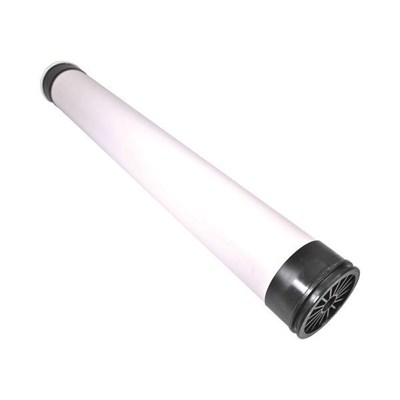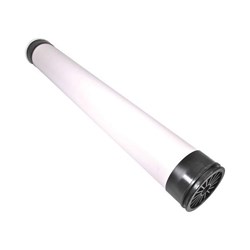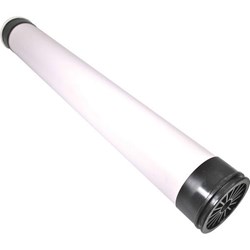Carbon Filter Insert
Quick Overview
- A highly porous adsorbent material, produced by heating organic matter, such as coal, wood and coconut shell, in the absence of air, which is then crushed into granules.
- Activated carbon is positively charged and therefore able to remove negative ions from the water such as ozone, chlorine, fluorides.
- Also it dissolves organic solutes by absorption onto the activated carbon.
- Activated carbon is often used as a filter in water treatment systems.
- Activated carbon is similarly used to lower radon levels in water.
Show More
$110.55 - $172.00
Size Selection
Carbon Filter Insert
Activated carbon, a porous substance with strong physical adsorption properties, has the highest volume of adsorbing porosity of any material known.
By carbonisation and activation, activated carbon can be made from many substances containing high carbon content such as coal, wood, bamboo and coconut shells.
Activated carbon filters are widely applied in industrial process and civil use as the most efficient method of removing odors, chlorine, volatile organic compounds (VOC), colors, tastes and other contaminants from fluids.
The Carbon Filter Insert is the new generation of carbon cartridges. They provide long service life and superior adsorption performance compared to conventional carbon cartridges together with minimum fines. With a high mechanical strength and low ash content, the carbon block structure prevents channeling, bypassing, fluidizing or unloading of carbon fines.
To prevent premature blocking of the activated carbon layer, the Carbon Filter Insert incorporate an effective pre-filtration layer designed to intercept gels and large particles.
The Carbon Filter Insert series activated carbon filter cartridges use premium grade extruded carbon blocks and can be supplied.
















